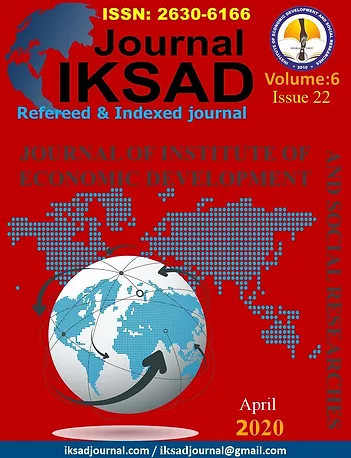NEO-EXPRESSIONISM AND PHOTOGRAPHY: Anselm Kiefer, Arnulf Rainer
Keywords:
Photo-painting, neo-expressionism, Anselm Kiefer, Arnulf RainerAbstract
At the core of neo-expressionism, an approach born as a reaction against concept-based approaches and generally has a figurative tendency; there are traces of the return of the traditional painting concept and canvas painting, which are excluded by modernist and conceptualist trends. Anselm Kiefer, one of the artists of the movement, differs in terms of using different materials and especially photographs in canvas painting. In addition to his books compiled from various sources and paintings printed by woodcut technique, Kiefer draws attention with his large-size paintings. The artist, who uses straw, sand, lead and other materials besides paint and collage in his works, aims to revive history with his works and invite the audience to make a wide variety of associations. Arnulf Rainer, on the other hand, draws attention with his overpaintings on photography in order to interpret the relationship between image and destruction and deletion of image, by including both the past and the present into the equation. In this study, the usage of photography in the neo-expressionist art movement was analyzed through the works of Anselm Kiefer and Arnulf Rainer.
Downloads
Published
How to Cite
Issue
Section
License

This work is licensed under a Creative Commons Attribution-NonCommercial 4.0 International License.


